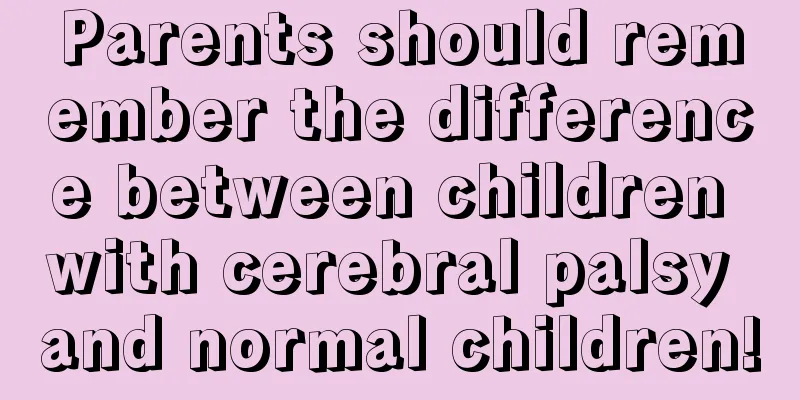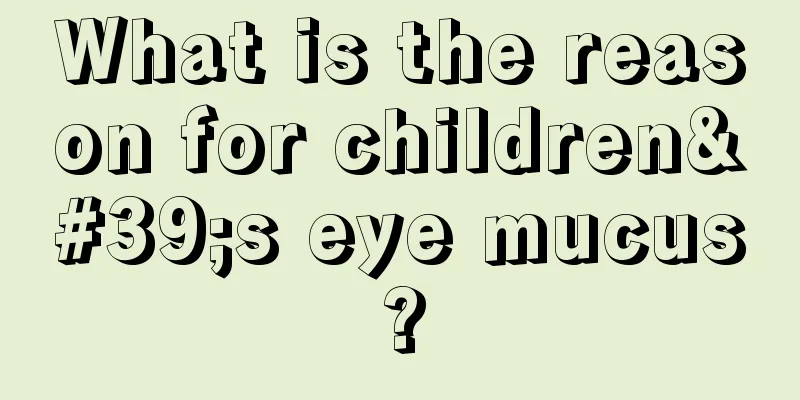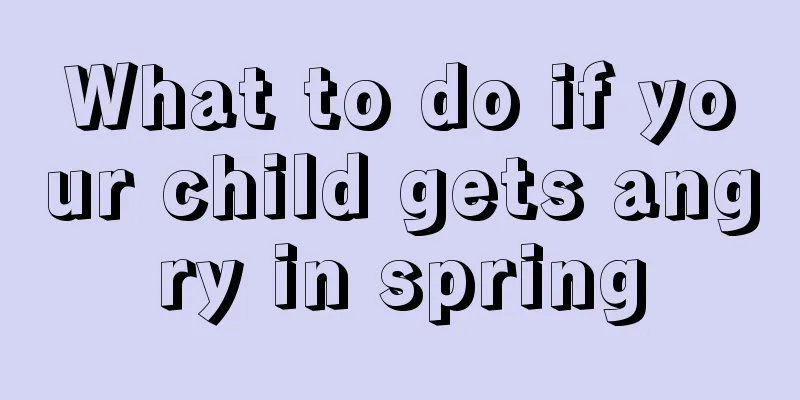Parents should remember the difference between children with cerebral palsy and normal children!

|
Cerebral palsy is troubling many families. It is a very serious disease, so many parents will start to worry when they see their baby has abnormal behavior, wondering if their child has cerebral palsy. So here we will introduce the differences between children with cerebral palsy and normal people. 1. Visual and hearing impairment: Compared with normal children, many children with cerebral palsy have myopia or strabismus, among which esotropia is the most common, and hearing loss is more common in athetoid cerebral palsy. Children with cerebral palsy often have difficulty distinguishing the rhythm of sounds. 2. Intellectual disability: Compared with normal children, among all children with cerebral palsy, about 1/4 have normal intelligence, about 1/2 have mild or moderate intellectual disability, and about 1/4 have severe intellectual disability. 3. Movement disorders: Compared with normal children, children with cerebral palsy have lower motor skills than normal children of the same age, and poor motor self-control. Those with mild disorders only have slightly inflexible or clumsy movements of hands and feet. Those with severe disorders cannot grasp things with their hands, walk with their feet, and some cannot even turn over, sit up, stand, or chew and swallow normally. 4. Tooth development disorder: Compared with normal children, most children with cerebral palsy have underdeveloped teeth, loose teeth, and are prone to decay. The incidence of various dental diseases is higher than that of normal children. 5. Emotional and behavioral disorders: Compared with normal children, many children with cerebral palsy, especially those with athetoid arthritis, are stubborn and willful, with large mood swings, and are sensitive and irritable. Some are even withdrawn and unsociable. 6. Paralysis is mainly manifested as movement disorders and abnormal posture. In the early clinical stage, remnants of primitive reflexes and abnormal muscle tone can be seen. Usually, the corresponding diagnosis is made after the child develops and his movements increase. After discovering abnormalities in the early stages, we must be careful not to miss the best period of development. Timely correction of abnormal posture and rehabilitation training can promote catch-up development. |
<<: Why does my baby keep sticking out his tongue? The truth is this
Recommend
Why do children have neck pain?
This season is when children are prone to allergi...
22-month-old baby's developmental standard
I believe everyone has a certain understanding of...
How to treat baby's allergic rhinitis?
Allergic rhinitis is a common pediatric disease a...
What are the symptoms of blood heat in children?
Blood heat is a term originally used in Tradition...
What is the development standard for a 100-day-old baby?
After every child is born, parents will take the ...
What causes urine leakage in children?
What is the reason for urine leakage in children?...
Will early development affect a girl’s height?
Children nowadays seem to be taller, mainly becau...
What are the main functions of eye health exercises for children?
Children's health exercises include many aspe...
What is wrong with 3-year-old indigestion?
Some children may experience indigestion when the...
What are the standards for infant intelligence development?
Babies are angels in the eyes of every parent. Si...
Introduction to some situations of neonatal jaundice and sun exposure
Neonatal jaundice usually occurs after birth, so ...
Is it normal for a baby to poop once a week?
Eating is one of the important components that en...
Six-month-old baby occasionally shivers
For many parents, the arrival of a baby at home i...
Child with runny nose and tears
It is very common for children to have runny nose...
What is the best thing for a child to eat after vomiting?
The physical health of children is one of the thi...









